Diving into my inspiration files today to pick out some of my favorite images from some of my favorite photographers.
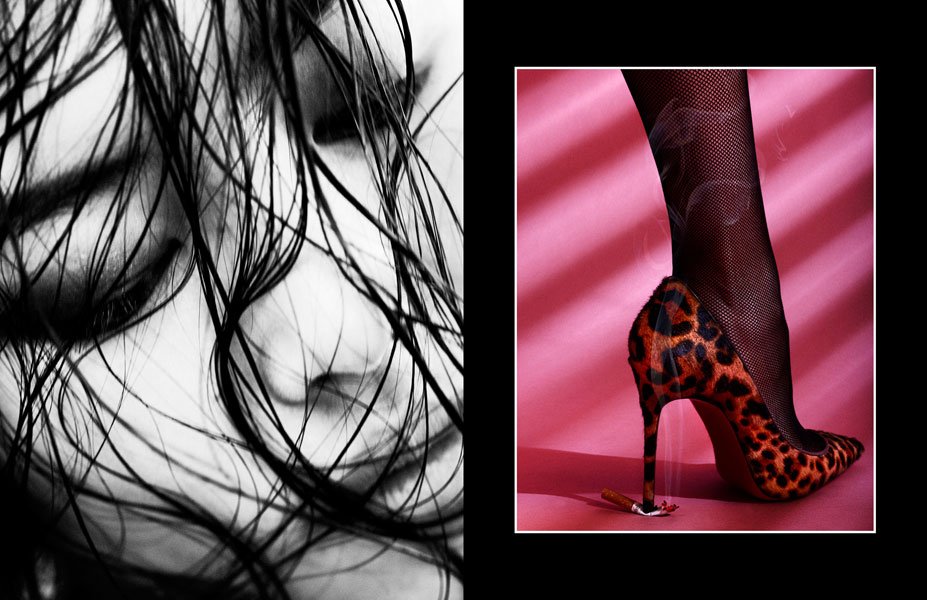
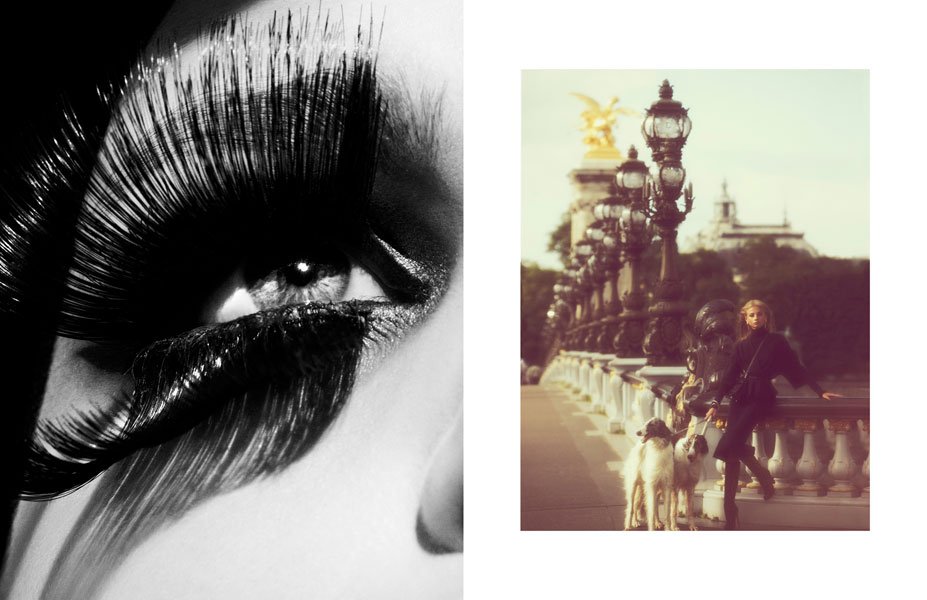
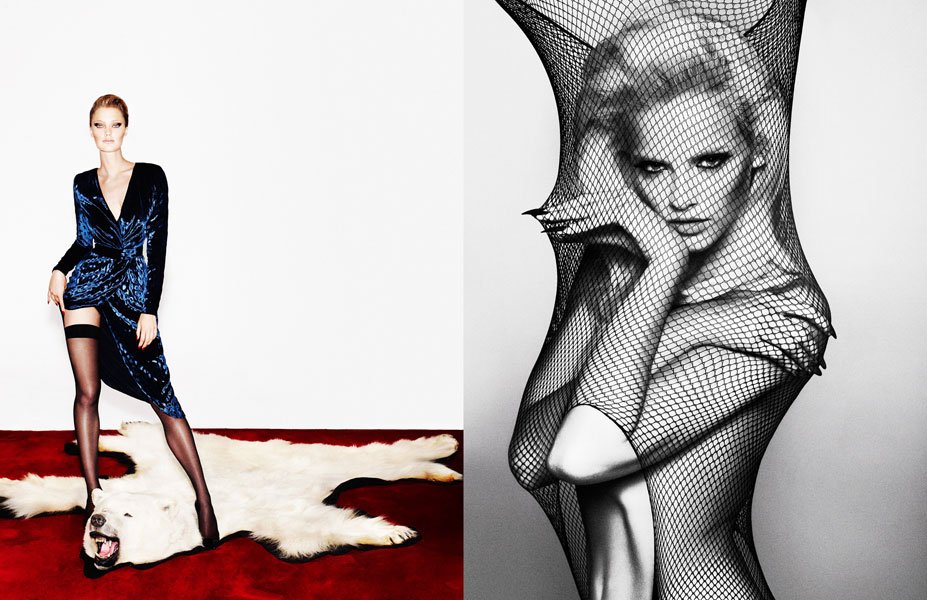
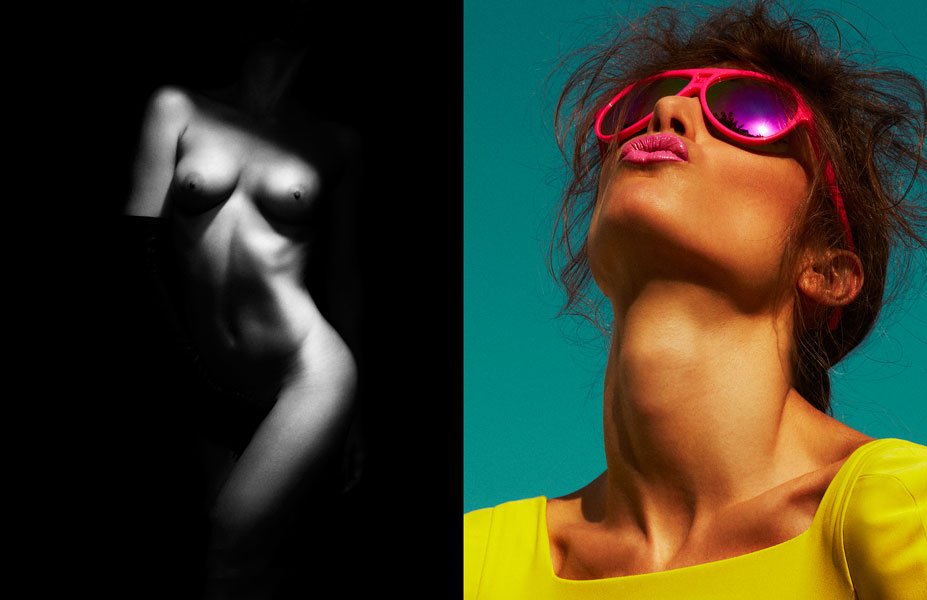


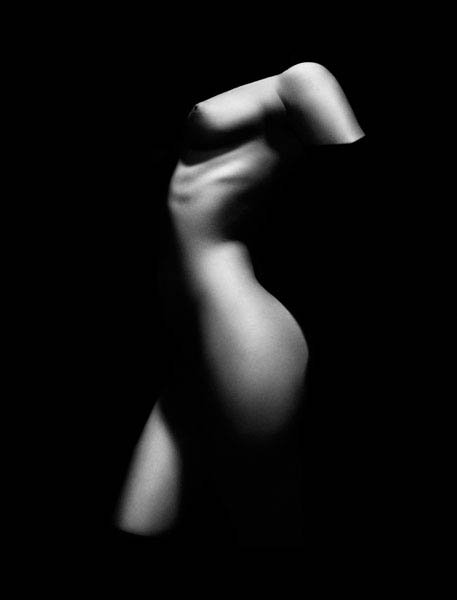
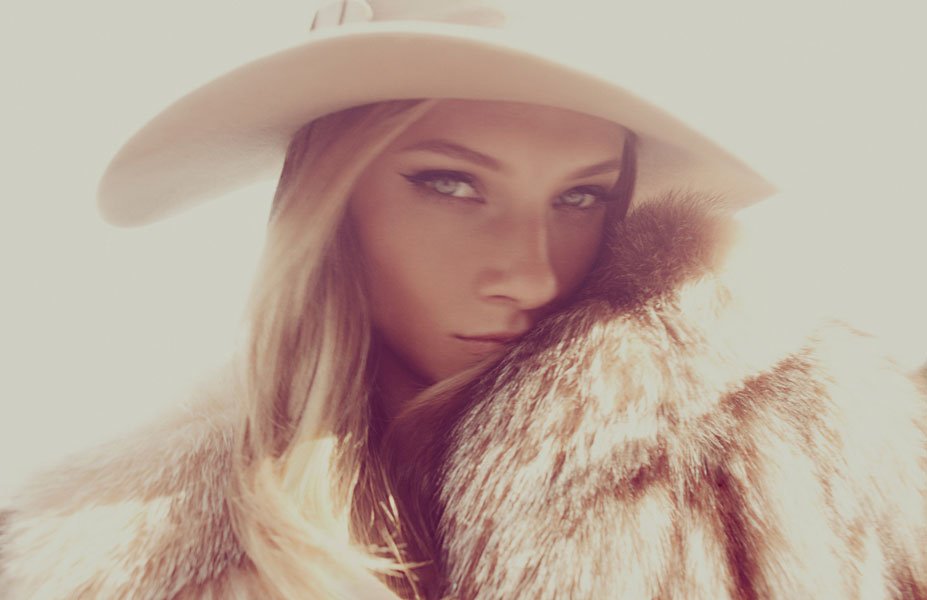

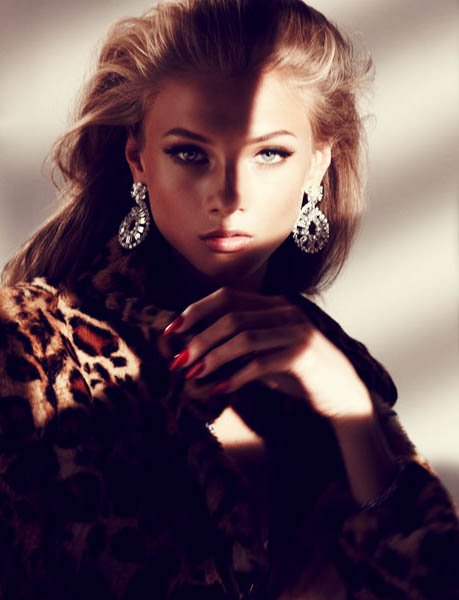



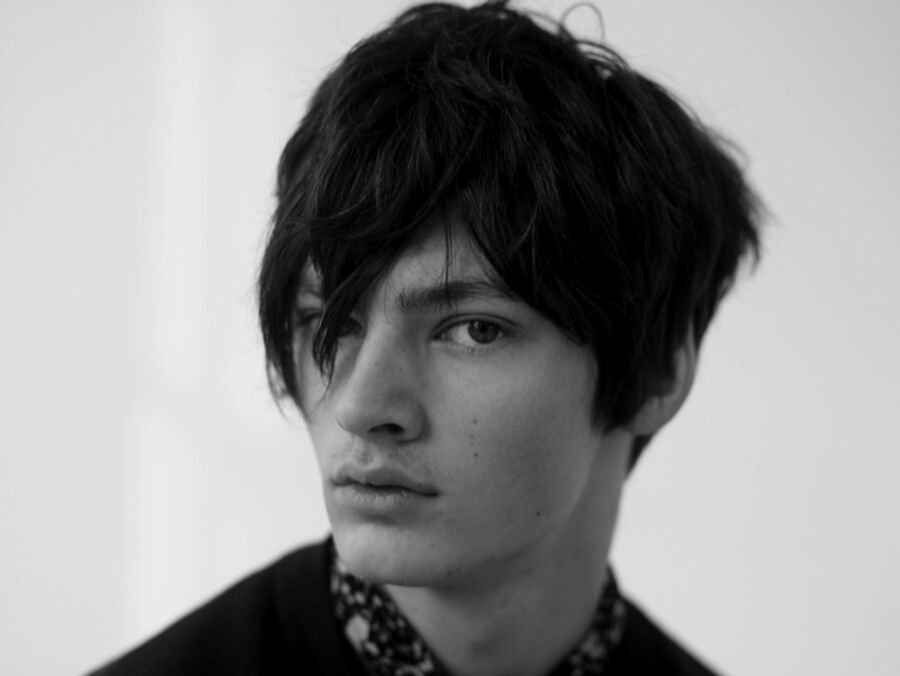






“Fashion photographers are the new painters,” Peter Lindbergh said as he prepared the show of his dramatic black-and-white images that opened last week at the Gagosian Gallery in Paris. Who would have guessed in the heady 1980s — when Mr. Lindbergh’s new, natural images of Linda Evangelista, Cindy Crawford and others created the supermodel — that the art world would lose its disdain for fashion photography’s commercialism?
Today, fashion photography is art’s rising star, drawing large crowds to exhibitions (which produce much-needed revenue from sponsorships, rentals and even merchandise) and enticing more collectors. Even the fashion industry itself is showing more respect for the form.
Big names are in museum spotlights, from Horst’s classical elegance since Sept. 6 at the Victoria and Albert Museum in London, to Mario Testino’s “Alta Moda,” Peruvians in local dress, at Dallas Contemporary from Sept. 21.
The Sims Reed Gallery in London, which shows prints, is capitalizing on the trend, too, exhibiting fashion photography for the first time, starting this week with Miles Aldridge’s hyper-real, sensual photos, including the sunbathing woman in “Tan Lines” (12,000 pounds, or about $19,400) alongside his preliminary sketches, lithographs and screen prints. As Lyndsey Ingram, the gallery owner, said, “Showing fashion photographs will set us apart from our competitors.”
Mark McKenna, executive director of the Herb Ritts Foundation, pinpointed the 2008 economic downturn as the catalyst for fashion photography’s emergence.
“People wanted to surround themselves with images of glamour and beauty as things were tough, and fashion photos represented the opposite of what was happening in their day-to-day lives,” he said, noting that there has been a twofold increase in prices for Mr. Ritts’s work since then.
Social media today is giving contemporary fashion photographers a far greater profile than artists, who tend to shy away from public platforms, said Alexander Gilkes, a founder of the online auction house Paddle8. Examples include Steven Klein’s Tumblr account, which displays his archive, most pictures shared and easy contact information, and Nick Knight’s 135,184 Instagram followers.
With the explosion of street-style blogs, Instagram and Pinterest, fashion photography has become the new visual language. “We’re very conscious about what people look like now, so that is how we see photos today,” said Michael Hoppen, whose eponymous gallery in the Chelsea neighborhood of London represents fashion favorites such as Ellen von Unwerth and William Klein, whose work was displayed this summer.
“Many photos not shot as fashion images are now seen as fashion, like Klein’s ‘Mamas and Papas,’ which was a street photo when he shot it,” Mr. Hoppen said. “And we’ve recontextualized the picture as we’ve moved away from the time.” (Mr. Hoppen also manages the estate of Guy Bourdin, whose sensuous, provocative fashion images are to be shown in London from Nov. 27 to March 15.)
At the Smithsonian American Art Museum in Washington, Elizabeth Broun, its director, echoed Mr. Hoppen’s comments, saying, “We are much more accepting of fashion photography because we have moved from high art to an all-embracing visual culture.” The museum has scheduled for October 2015 a major Irving Penn retrospective, which is to include unseen personal work alongside his celebrated fashion images.
The Smithsonian is hoping for big attendance numbers, much like the Museum Bellerive in Zurich did when it chose as its first photography exhibition the touring show “Coming Into Fashion: A Century of Photography at Condé Nast,” which opened in July.
“Models and lifestyle have taken over from film and everybody, including myself, relates to it,” said Jacqueline Greenspan, the museum’s administrative director. As of Sept. 14, 10,345 people had seen the show, the gallery confirmed in an email. It closes Oct. 19.
“It’s not just young people who show up for the first time,” Ms. Greenspan said. “There are a lot of men, which we didn’t expect, as well as a boho crowd, which we’ve never had before.”
Several shows have had the crowds to prove the appeal: Consider the 2012 Ritts exhibit at the Getty Museum in Los Angeles, which drew 364,656 visitors, or Mr. Lindbergh’s “Images of Woman and the Unknown” this spring at Gallery HDLU in Zagreb, Croatia. It attracted 11,200 visitors in three weeks, making it, the gallery said, the most popular contemporary art event of the last 10 years in Croatia and neighboring countries.
From an art venue’s standpoint, fashion exhibits also produce new commercial opportunities. For example, the luxury outlet giant Value Retail opened its deep purses for the Victoria and Albert for the first time when its shopping centers in Bicester Village in England and Kildare Village in Ireland sponsored the museum’s Horst exhibit.
Brett Rogers, director of the Photographers’ Gallery in London, said the gallery’s rental for corporate events increased an average of 20 percent when it shows fashion photography like the elegant flappers of Edward Steichen and the edgy, vibrant looks of the Dutch photographer Viviane Sassen, both to debut on Oct. 31.
“Some photography shows are too provocative for corporates,” she said, “but beautiful clothes mean more businesses want to be linked with and entertain in these rooms.”
Fashion photography has also become an increasingly attractive investment.
“I prefer to buy a picture instead of putting my money into the stock exchange because I can see it and there are no taxes if you sell today,” said Guilhem Gravier, a Paris-based collector who paid $5,000 in 2002 for his first photograph — Mr. Ritts’s “El Mirage, Versace Dress, Back View” — which is now valued at $60,000. “I don’t trust the financial market, but I trust the fashion photography market because it’s going upwards steadily.”
Auction prices have soared, with fashion photography regularly topping the tallies thanks to famous names such as Richard Avedon, Helmut Newton, Mr. Penn and now Mr. Lindbergh. For example, two of the three top lots at Christie’s New York photography sale in April were Penn images: “Woman With Roses on Her Arm (Lisa Fonssagrives),” which sold for $185,000, and a black and white Vogue cover image featuring Jean Patchett, $161,000.
However, such prices are modest in comparison with other art forms. Sotheby’s London, for example, sold three oil studies by Francis Bacon for £26.6 million in late June, while Tracey Emin’s unmade bed went for £2.5 million at Christie’s London in January. So in comparison, Kara Vander Weg of the Gagosian Gallery noted, the more affordable price, even for an Avedon print, is a big entry-level draw for new collectors, who eventually may branch out to more expensive works by contemporary artists.
Scarcity has helped fuel fashion photography’s value. There are no reprints of Mr. Avedon’s work, as stipulated in his will, said Ms. Vander Weg, who represents the photographer’s images on behalf of the Gagosian Gallery. Modern-day photographers are limiting their prints too, with Mr. Aldridge distributing just three per photograph to his New York, London and Amsterdam galleries.
“As the Internet has smashed magazines and the print world into smithereens, we are now seeking other forums,” Mr. Aldridge said. “When I take a picture, I wantto make the print big for my galleries, so I shoot on film; in that way it is to be printed for the gallery rather than a magazine.”
International markets also have been responding to fashion photography’s appeal, which is why Arnaud Adida, founder of the A. Galerie in Paris, said in an email interview that he took only fashion images to display at Photo Shanghai, the city’s first international photography fair, held this month.
Mr. Adida said his stand, which showcased images such as Patrick Demarchelier’s 1994 intimate portrait of Kate Moss and Carla Bruni, proved to be so popular that within a week of the event he had made enough sales to recoup his expenses, and added 25 new and potential clients to his roster.
Fashion photography is also more recognized as a big part of the fashion industry today, said Inez Van Lamsweerde, who, along with Vinoodh Matadin, make up a well-known duo in the field. Their digitally manipulated fashion images are often seen in influential art spaces like the Whitney Museum of American Art and the São Paulo Biennial, in Brazil.
“We translate the designers’ idea into an image that people buy,” Ms. Van Lamsweerde said. “Nowadays this is valued more because of the Internet and the need for attention-grabbing content on the web in our image-saturated culture.”
With fashion institutions financing major cultural events, like Chanel’s sponsorship at the Hyères fashion and photography festival in France, many see photography’s role within art continuing to grow. After all, Mr. Lindbergh said, “art is after fashion’s big bucks.”